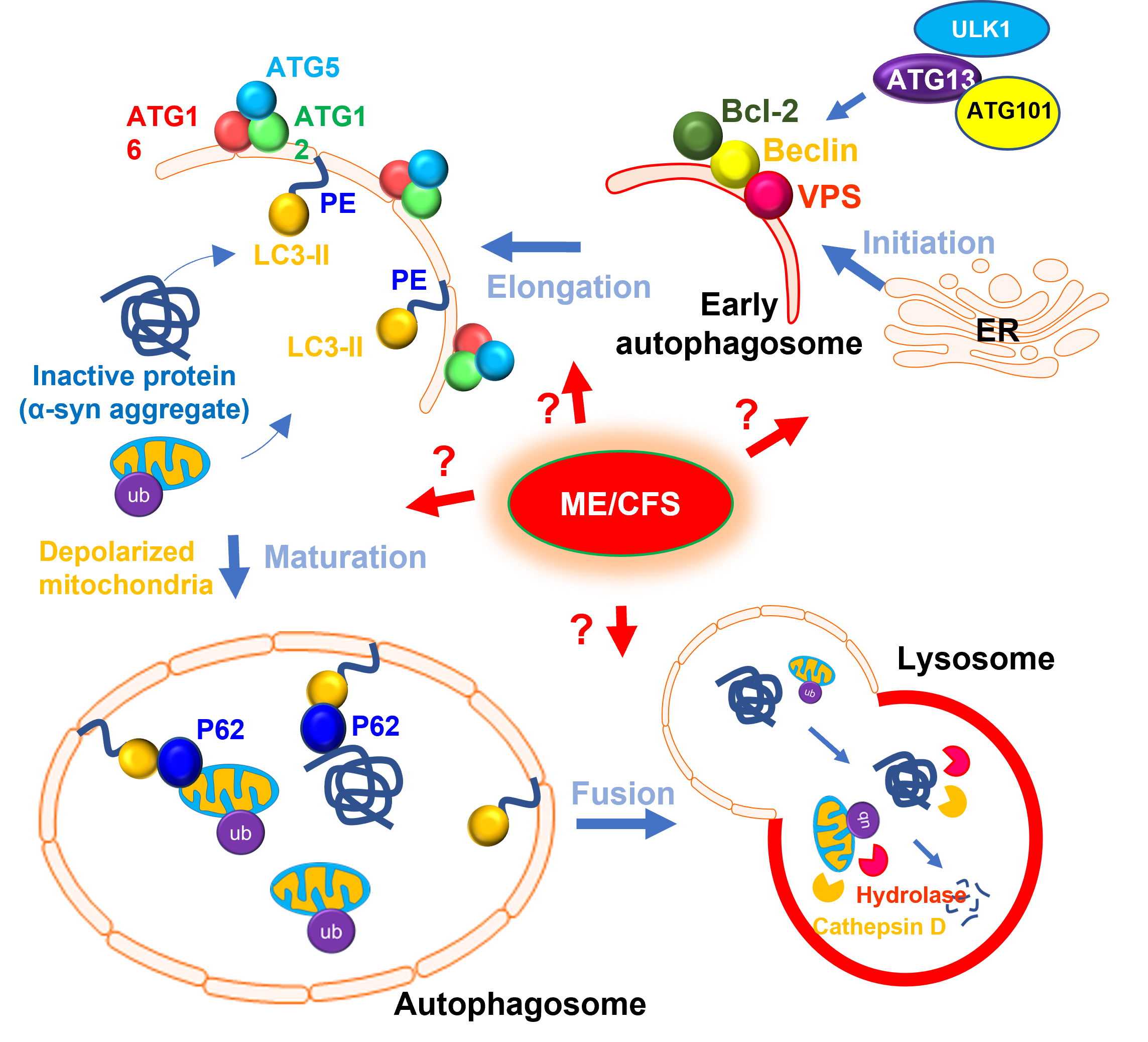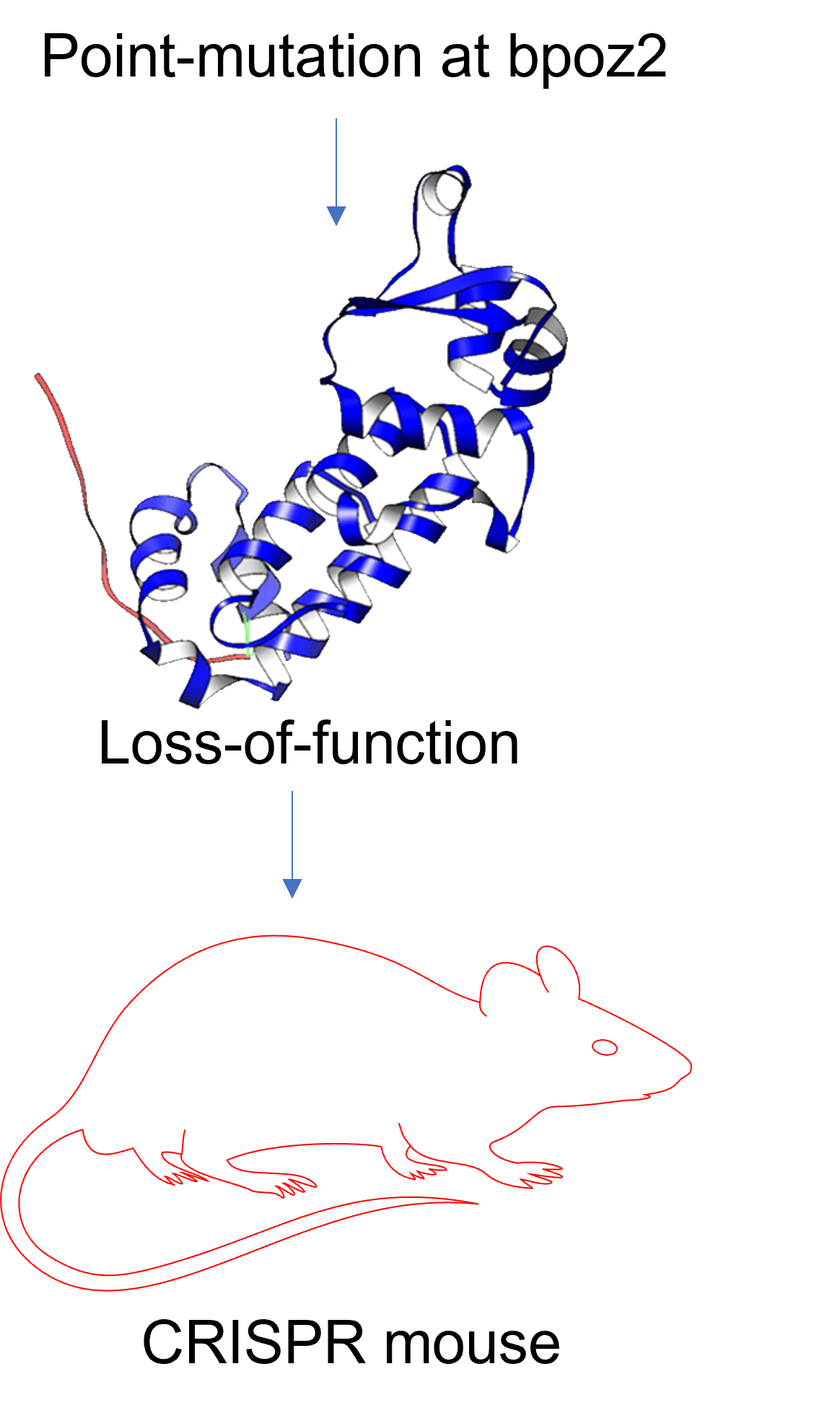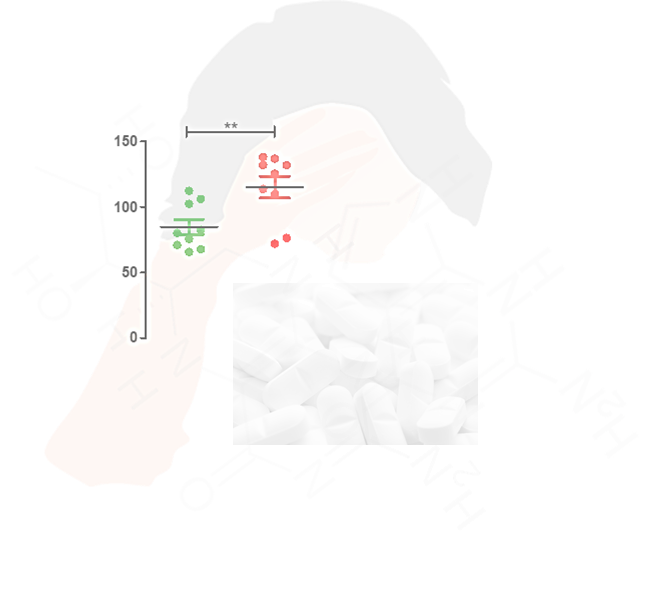Research
Animal Research
Simmaron is starting animal research for drug discovery and molecular target identification. The new animal facility is located at the University of Wisconsin Milwaukee animal care facility. Transgenic and drug-induced mouse models to study autophagy impairment will be started soon. A new CRISPR mouse model to study juvenile Parkinson's disease is also in progress.
WHEN
Starting from January 2022
WHO
Dr. Avik ROY (Simmaron); Dr. Gunnar Gottschalk (Simmaron);Dr. Alexander (Leggy) Arnold (UWM); Linda Adrienne Allen (DVM); Jennifer L Nemke (Tech)
Research Update
10/15/2022: Simmaron R &D scientist Dr. Avik Roy receives the Ramsay award for 2022 from Solve ME.
10/04/2022: Simmaron R &D has now officially moved to the University of Wisconsin-Milwaukee Chemistry building at 3210 N Cramer Street. The main lab is located at suites # 214 and 216, whereas the animal facility is located at Lapham Hall basement suites B59 J, H &K.
09/27/2022: Simmaron's CSO Dr. Avik Roy has been appointed as an Adjunct Professor at the Department of Chemistry & Biochemistry at UWM.
06/07/2022- Simmaron's scientist Dr. Gunnar Gottschalk received an NIH travel award to attend IACFS 2022 meeting at Stony Brook University.
04/17/2022- Paper entitled Elevated ATG13 in serum of patients with ME/CFS stimulates oxidative stress response in microglial cells via activation of the receptor for advanced glycation end products (RAGE) accepted in Molecular and Cellular Neuroscience (IF: 4.314).
 Simmaron's goal to succeed in ME/CFS research
Simmaron's goal to succeed in ME/CFS research
ME/CFS is a highly complex and heterogeneous disease with unknown molecular mechanisms. Identification of a molecular mechanism is the primary goal of Simmaron.
A reliable mouse model that displays ME/CFS pathology.
Think about Parkinson's disease (PD), Alzheimer's disease (AD), and multiple sclerosis (MS). The phenomenal success over the years in these fields has been possible due to the availability of some reliable mouse models. A drug-induced (MPTP) and a genetic (A53T alpha-synuclein) mouse model enormously help PD scientists to identify new molecular targets and develop cutting-edge therapy. In AD, 5X FAD genetic mice deliver the most feasible explanations for amyloidogenesis and tauopathy. in MS, drug-induced EAE mice help to understand molecular mechanisms for relapsing-remitting and the primary progressive pattern of the disease. Unfortunately, there is no reliable mouse model that successfully achieves some pathological landmarks of ME/CFS such as post-exertional malaise (PEM) and orthostatic intolerance (OI). Simmaron targets to develop both drug-induced and genetic mouse models to study ME/CFS pathologies.
Developing improved biochemical methods to detect and quantify blood-borne factors in serum, plasma, CSF, and urine of ME/CFS patients.
Reproducibility is the major issue in detecting blood-borne biomarkers for highly heterogeneous diseases like ME/CFS. Simmaron is developing a Dual enzyme-linked immunosorbent assay (DELISA) to nullify the interference of albumin, globulin, and IgG while detecting a specific biomarker ( e.g. cytokine, chemokine, peptide, enzymes, hormones, small molecular metabolites).
A large cohort of serum, plasma, and brain samples of ME/CFS patients. Dr. Peterson's biobank is fully inventoried and has thousands of biospecimens. Each patient is recorded with a detailed case history and proper questionnaire. his cohort of patients and healthy subjects are tightly matched in terms of gender, age, ethnicity, and geographical location.
AUTOPHAGY IMPAIRMENT IN ME/CFS

- Characterizing autophagy impairment.
- Identifying Molecular target.
- Correlating the target in the pathogenesis of fatigue (post-exertional malaise).
- A new animal model displaying ME/CFS phenotype with genetic or pharmacological modification.
- Drug discovery.
A CRISPR mouse model to study juvenile movement disorder
-

- 1. Point mutation at chromosome 4 generates a clinical case of movement disorder
- 2. Similar mutation at chr 6 of the mouse will generate a juvenile mouse model of PD.
- 3. Could be a genetic mouse model to study fatigue and inflammation.
SIMMPYRA: A new series of drug candidates to treat orthostatic intolerance

- Prospects of SIMMPYRA to alleviate.....
- Chronic inflammatory response
- Severe Muscle fatigue
- Cognitive disabilities, brain fog, attention deficit.
- Orthostatic intolerance: A subset of patients with hypotension
join Simmaron to fight ME/CFS
A fully inventoried biobank with thousands of serum, plasma, spinal fluid, and brain tissue
A state-of-the-art diagnostic and clinical research facility for the exploration of disease mechanism
A new, young, and experienced in-house scientific team, nationwide collaboration with top universities and CLIA-certified research facilities.